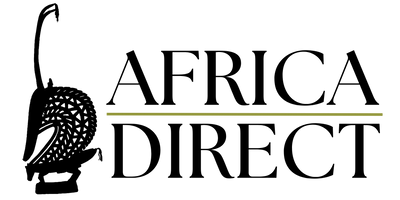
ABOUT US
Welcome to our online haven of authentic African Art and Beads, where the vibrant tapestry of African culture comes to life in every creation. Explore our curated collection of handcrafted treasures, meticulously sourced from the diverse artistic traditions across the continent. From intricate beadwork to captivating sculptures and paintings, our selection celebrates the rich heritage and artistic prowess of Africa. Our bead collection features unique designs crafted by skilled artisans using time-honored techniques. Discover the intricate and handmade carvings and sculptures crafted from all over the African continent, showcasing each individual style and story. Whether you’re seeking a statement piece for your home, or a thoughtful gift, our collections showcase creativity, history and diversity. At our online store, we not only offer you a chance to adorn yourself or your space with exquisite African creations, but also provide a bridge to the cultural narratives behind each piece. Join us on a journey that transcends borders and celebrates the spirit of Africa!


Kennedy Odede: TIME100's Most Influential People in 2024





























